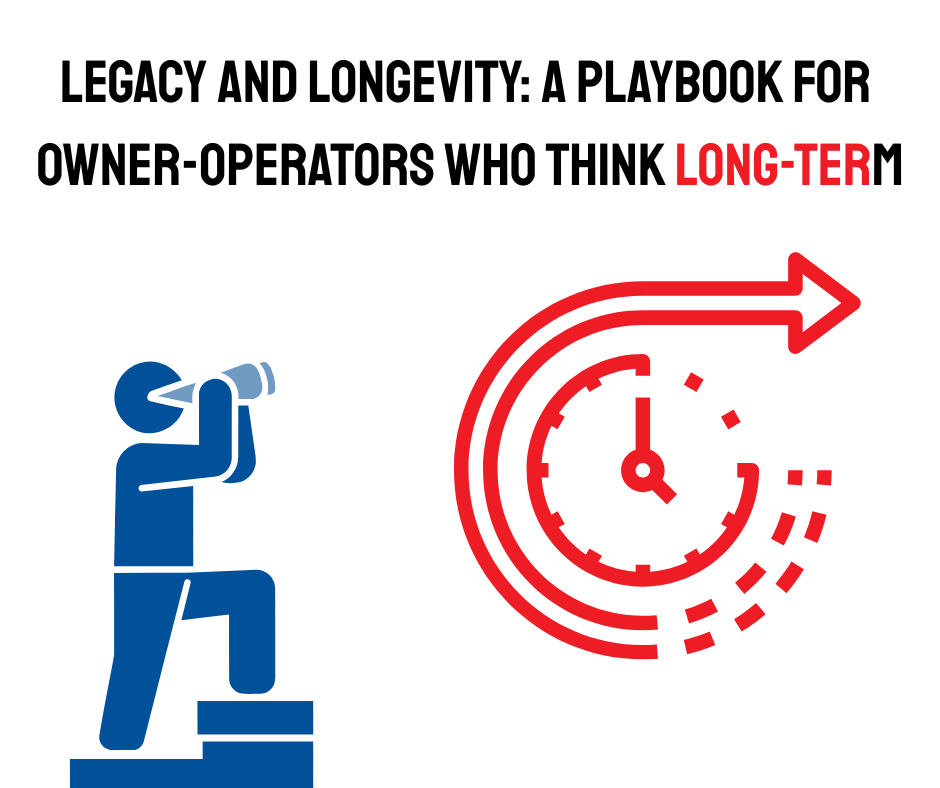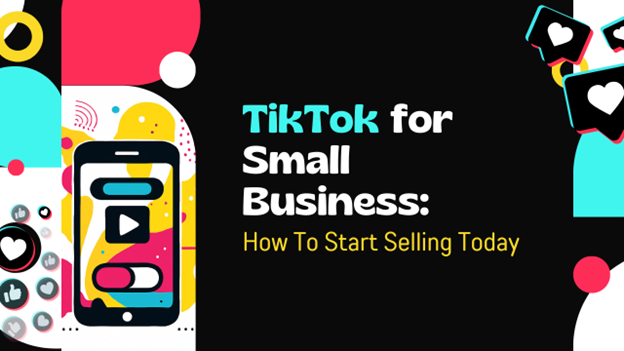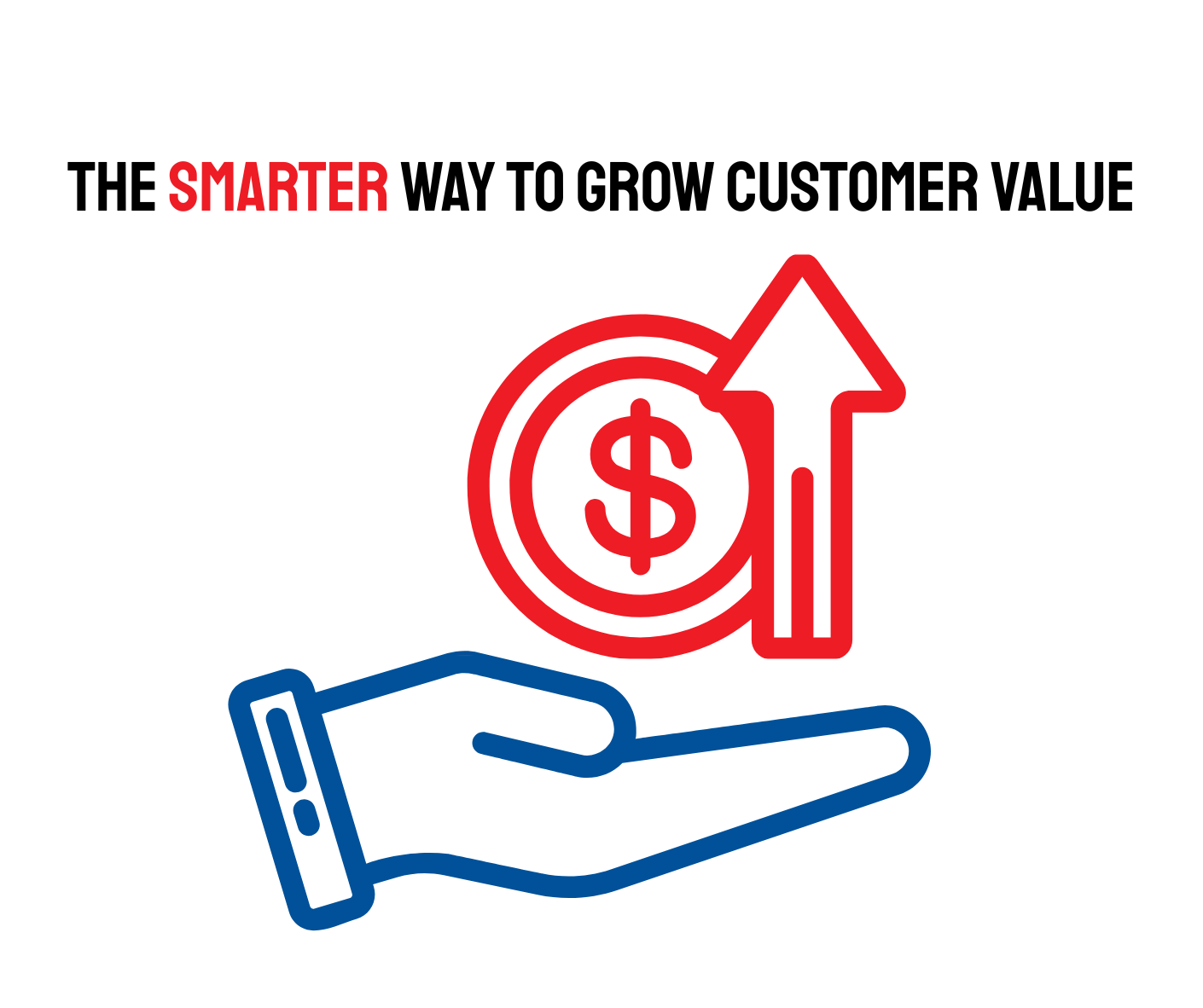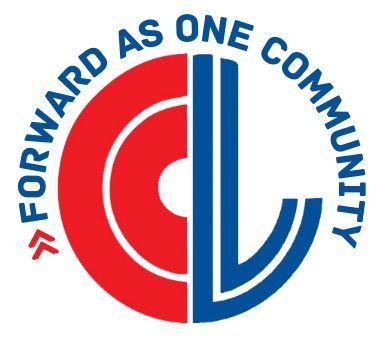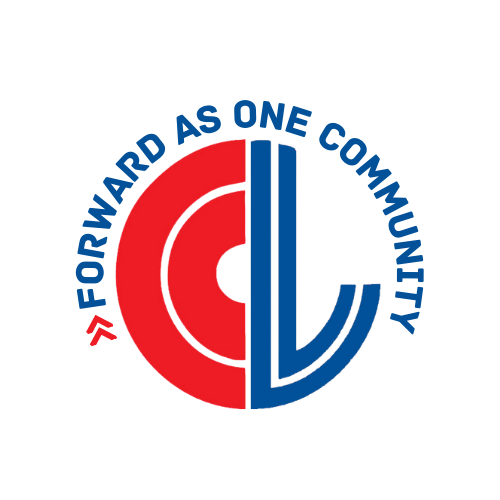Transforming Employee Feedback into Actionable Insights: A Leader’s Guide
To manage employee experience effectively, leaders must turn data into action. Gathering feedback is easy; interpreting it to meet employee needs is the challenge. Leaders should focus on synthesizing insights from feedback tools into a clear, strategic response.
The Big Picture:
Managing employee experience is crucial, but the challenge lies in turning feedback data into actionable insights. Leaders must synthesize data from various feedback tools into a strategic, employee-centered response.
Why It Matters:
Collecting feedback is easy; using it effectively is not. Without a thoughtful approach, data risks becoming noise, leaving leaders struggling to make changes that genuinely improve employee engagement and retention.
Key Takeaways:
1. Data Collection Alone Isn’t Enough: Tools like pulse surveys and sentiment analysis provide data snapshots, but actionable insight requires a holistic view. Leaders need to understand patterns, not just isolated issues.
2. Synthesis is Essential: Look for recurring themes across feedback channels. For example, if surveys highlight work-life balance concerns and meetings reveal workload issues, address both through flexible hours or resource adjustments.
3. Build a Framework for Action:
- Prioritize Key Themes: Focus on feedback that aligns with organizational goals (e.g., career growth or flexibility).
- Assign Ownership: Designate leaders or departments to implement solutions.
- Set Measurable Goals: Use metrics like retention and engagement scores to gauge success.
- Communicate Progress: Show employees their feedback is valued with transparent updates.
4. Reduce Data Overwhelm: Prioritize key metrics tied directly to company and employee goals. Advanced analytics can also offer predictive insights, helping leaders act proactively on potential issues.
680 words ~ 3 minute read
For today’s businesses, managing employee experience is both a priority and a challenge. Leaders who invest heavily in gathering employee feedback—through pulse surveys, town halls, and internal data analysis—often struggle to turn these insights into meaningful actions. While data collection has been streamlined by technology, the real challenge lies in interpreting and implementing this feedback in a way that aligns with organizational goals and enhances the employee experience.
Why Data Collection Isn’t Enough
Businesses today are equipped with a myriad of tools to gather employee feedback. From pulse surveys to sentiment analysis within internal communications, technology has simplified the collection process. However, the true value of these data-gathering efforts is only realized when leaders can translate insights into tangible outcomes. Many executives feel overwhelmed by the sheer volume of information, struggling to connect employee feedback with actionable strategy.
Data can provide a snapshot of employee sentiment but without a nuanced approach, leaders risk making changes that miss the mark or fail to address underlying issues. For example, data may show that employee engagement is low, but it won’t reveal the specific cultural or leadership dynamics causing it.
The Power of Synthesis
To truly improve the employee experience, leaders need to view data holistically. Rather than acting on individual data points, organizations should strive to understand broader trends and patterns that can inform strategic decision-making. Synthesis involves identifying recurring themes across different feedback channels and assessing their potential impact on organizational goals.
Consider a tech company that collects employee sentiment through multiple channels. While pulse surveys may highlight a need for work-life balance, data from team meetings might reveal specific workload issues. By synthesizing these insights, leaders can create more targeted responses, such as implementing flexible work hours or resource redistribution, rather than broadly attempting to “improve balance.”
Building a Framework for Action
After synthesizing data, the next step is to build a framework that can transform insights into measurable actions. A strategic framework should connect feedback themes to key organizational metrics, such as productivity, retention, and satisfaction. For example, if feedback indicates a need for career development, the framework might include new training programs, mentorship opportunities, or career pathway mapping aligned with business objectives.
Key Steps to Create an Actionable Framework:
1. Prioritize Key Themes: Identify the top recurring feedback themes that align with company goals. This could be anything from career growth opportunities to workplace flexibility.
2. Assign Ownership: Ensure that specific departments or leaders are responsible for implementing action items related to each feedback theme.
3. Set Measurable Goals: Define what success looks like. Use metrics that reflect both employee satisfaction and company outcomes—such as improved retention rates, higher productivity, or increased engagement scores.
4. Communicate Transparently: Update employees on progress, showing that their feedback has been acknowledged and acted upon. This transparency reinforces trust and encourages further participation in feedback initiatives.
Moving Beyond Data Overwhelm
To reduce the overwhelm that comes with data, leaders can use a “less is more” approach. This involves focusing on a limited number of metrics that are directly tied to the company’s goals and employee experience. By prioritizing relevant data, leaders can simplify decision-making, avoid unnecessary distractions, and focus on strategic priorities.
Using advanced analytics can also help turn raw data into refined insights. Predictive analytics, for example, can provide insights into future employee engagement trends, allowing leaders to proactively address potential issues before they escalate.
Turning Insight into Employee-Centric Culture
For leaders who can manage and make sense of employee data, the potential payoff is significant. An intentional, data-driven approach to employee experience fosters a culture that prioritizes empathy and responsiveness. Employees are more likely to feel valued when they see that their feedback is not only gathered but acted upon in ways that directly improve their work life.
To manage employee experience effectively, leaders must become adept at interpreting feedback, synthesizing insights, and crafting responses that reflect both employee needs and organizational priorities. Embracing these practices enables leaders to bridge the gap between data collection and meaningful action, ultimately enhancing the workplace culture and strengthening organizational performance.
For more strategies on managing employee experience, check out Harvard Business Review.
---
The Leavenworth-Lansing Area Chamber of Commerce is a private non-profit organization that aims to support the growth and development of local businesses and our regional economy. We strive to create content that not only educates but also fosters a sense of connection and collaboration among our readers. Join us as we explore topics such as economic development, networking opportunities, upcoming events, and success stories from our vibrant community. Our resources provide insights, advice, and news that are relevant to business owners, entrepreneurs, and community members alike. The Chamber has been granted license to publish this content provided by Chamber Today, a service of ChamberThink Strategies LLC.
